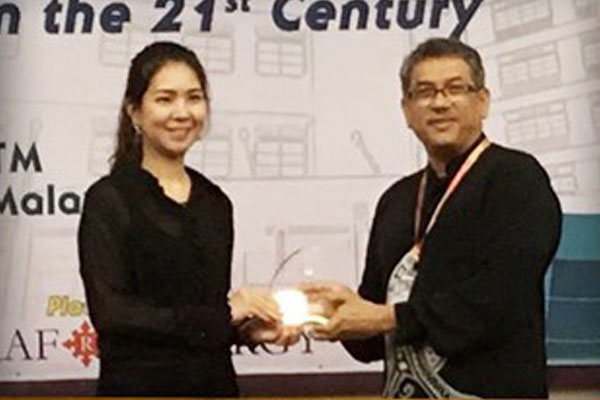คณะทันตแพทย์

งานวิจัยผลิตภัณฑ์ธรรมชาติจากสมุนไพรท้องถิ่นในการจัดการศัตรูพืช
October 1, 2019
GMP – Graded Allergen Vaccine
October 24, 2019Different Photobiomodulations of Light Emitting Diodes on Chondrocyte Proliferation and Matrix Accumulation

Faculty of Dentistry, Mahidol University

To investigate the effects of different pattern of LED irradiation on chondrocyte proliferation and chondrogenesis using a chondrogenic ATDC5 cell line ATDC5 chondrogenic cells were cultured in 1:1 Dulbecco’s Modified Eagle Medium (DMEM)/F-12 medium supplement with 5% fetal bovine serum (FBS) and 1% antibiotic/antimycotics, at 37 ˚C in a humidified 5% CO2. Cells were divided into two experiments (1) continuously irradiated with three different wavelength of LEDs (630, 760 and 830 nm) 830 nm for 20 min/session (2) irradiated with pulsing modes 1, 5 and 500-Hz. In all experiments, the total energy density consumed was kept constant at 3.5 J/cm2. The cell viability was evaluated by MTT assay at d2, 4 and 7. The total glycosaminoglycan accumulation was detected by Alcian blue staining at d7, 14 and 21. The level of collagen type II protein was investigated as well. Emitting ATDC5 with continuous mode of 760 and 830 nm LEDs increased cell viability while the 630 nm decreased cell viability when compared to their control group. The Alcian blue staining did not show any alteration of glycosaminoglycan accumulation while collagen type II expression was significantly reduced after emitting with 830 nm-LEDs, at d21. In pulsing-mode experiment, the viability was significantly increased after irradiated with LEDs frequency of 1,5 and 500 Hz at d2 and d4. In addition, level of collagen type II protein was highly induced along the differentiating periods (d7, d14 and 21) when the chondrocytes were emitted with 1 and 5 Hz-LEDs. Emitting ATDC5 chondrogenic cell with specific pattern of LEDs irradiation can effectively modify chondrocyte proliferation, and increase an amount of collagen type II during differentiation. This finding suggested that the photobiomodulating effects in chondrocytes strictly depend on frequency and wavelength of the chosen LEDs.
• First Prize Oral Presentation Winner, International Dental Collaboration of the Mekong River Region (IDCMR) 2017
Asst. Prof. Dutmanee Seriwatanachai
Faculty of Dentistry, Mahidol University
dutmanee.ser@mahidol.ac.th
